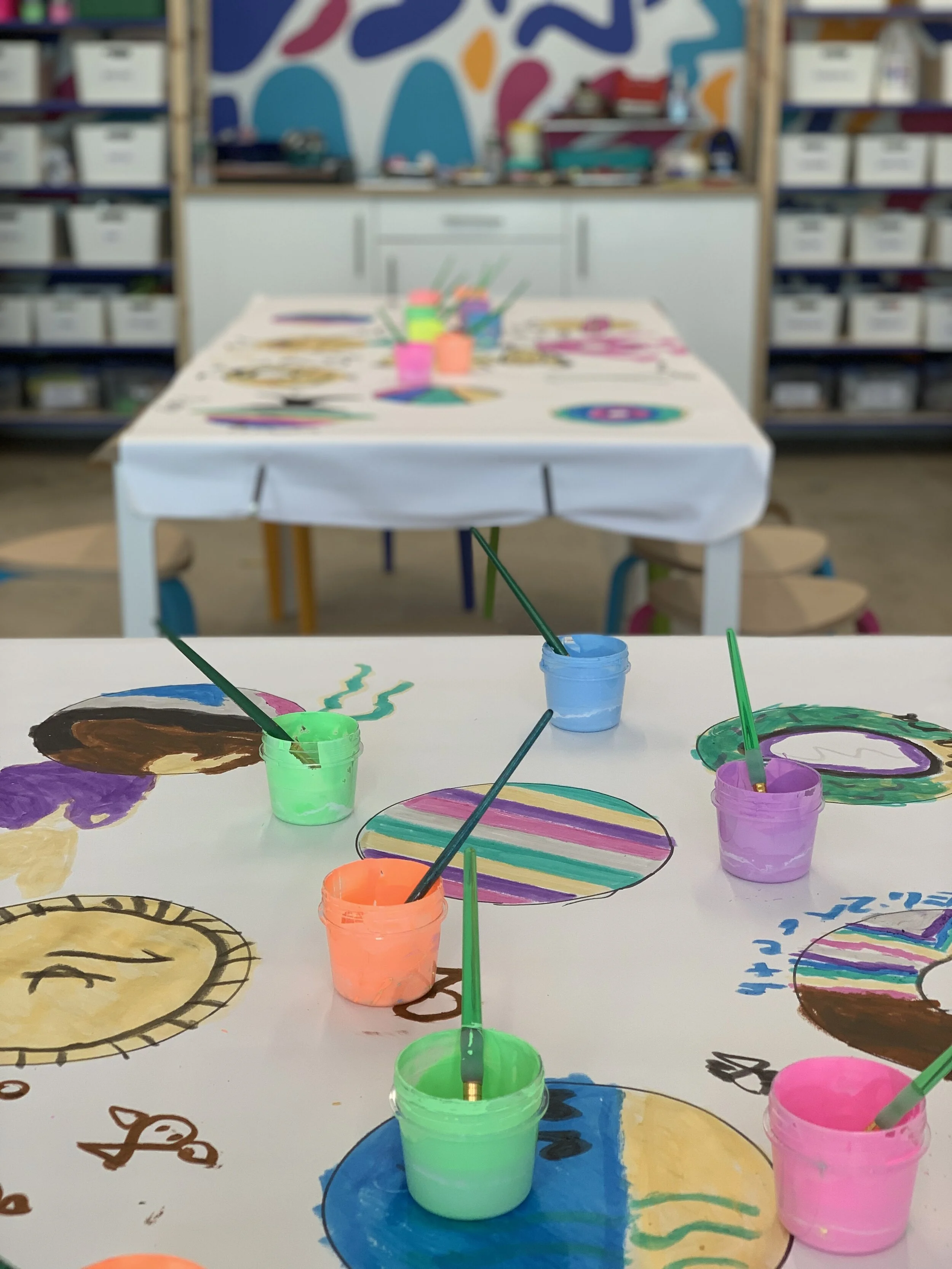City’s arts industry lost nearly $1 billion during pandemic
/By Jacob Kaye
Community art organizations in Queens and throughout the city struggled dramatically during the pandemic, a new report from the Center for an Urban Future found.
The report, which used surveys distributed to over 640 community-based arts organizations, shows that the arts and culture industry in New York City suffered a cumulative decline in income of nearly $1 billion in 2020, or nearly 36 percent of its total income compared to the year prior.
New York City, a global cultural hub, is now home to half the number of jobs in the arts industry that existed prior to COVID-19, according to the report.
Queens art organizations experienced the highest rates of employment impacts as a result of the pandemic, according to the report. Nearly half of organizations in Queens froze salaries, the report found.
Art organizations in Queens told the Eagle that while the past year was tough and brought on serious financial difficulties, they were able to innovate programming to just barely stay afloat.
The founders of Art Strong NYC, a Long Island City-based art studio that offers classes to kids and families, were getting ready to move their operation into their own studio space just as the pandemic began last year. Their plans were put on hold when the city shut down and they had to shift to virtual and distanced programming.
“We made the decision to switch to doing some art kits, where people could make art at home,” said Ashely Cavadas, who founded Art Strong alongside Hannah Lokken. “For us, it was something that we thought we would do maybe five years down the line. In a way, it was exciting that we could try it out way earlier than expected and that we were able to reach people who live all across the U.S., not just in Queens.”
But despite the innovations, Art Strong NYC lost about $75,000 in expected income during the pandemic as a result of having to cancel in-person classes, camps and other events.
Last week, the duo was able to open their new studio space and began to offer in-person classes and camps following the pandemic delay.
The Jamaica Center for Arts and Learning suffered a nearly half million dollar drop in funding during the pandemic, according to the organization's interim Executive Director Leonard Jacobs.
“It’s been a real struggle – the margins are just really tight,” Jacobs said. “There's no fat.”
The organization, which is legally obligated to maintain its two buildings in Downtown Jamaica, had an increase in building costs in addition to the massive drop in funding.
“You can't spend $1 until you have $1,” Jacobs said. “That tends to be the way that nonprofits operate anyway but what COVID has done is exacerbated that dynamic – like, put it on steroids.”
While JCAL was able to shift much of its programming online, which lowered some operational costs, it didn’t make decisions about money any less difficult.
“We managed to operate and actually grow our audience but it's just a lot of waiting around for money to show up and having to make very difficult choices about what to spend on what and when and why,” Jacobs said.
Much like many of the organizations surveyed in the Center for an Urban Future’s report, both JCAL and Art Strong NYC said they felt optimistic about the future but still need a helping hand.
“I would like to see the city exert some real leadership around making sure that all of the institutions, all of the small nonprofits, all the ones that don't have buildings that are trying to do their work, get their money in a timely manner,” Jacobs said. “And then I'd like the city to really focus on redressing the inequities in funding, because they're glaring and COVID has made it worse.”




